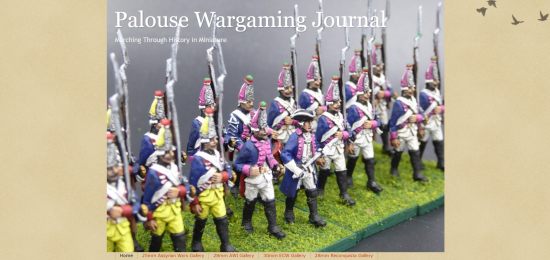Clean-Up
The first step for clean-up is to wash the parts and remove any lingering mold release agent from the kit. I use plain old laundry detergent and warm-to-hot water, along with an old toothbrush. Setting them aside, I allow the parts to dry for a few hours.
Construction
I used a rectangular piece of styrene, a quarter-inch larger than the largest dimensions of the hull. On this, I spread a thin layer of Woodland Scenics Flex Paste. Using a plastic fork, I sculpted a few waves and wakes into the paste. Next, I carefully positioned the hull on top of the paste, so that the model was centered. Flex Paste is a great adhesive - no other glue should be necessary. I set the hull aside to dry for a day, to allow the Flex Paste to cure.

Once the Flex Paste has cured, it is important to ensure that the pilot holes for various parts are not clogged. Dry fit the parts. If they do not fit, take a small drill bit and bore out the Flex Paste that has blocked the channel.
Please note: The holes on this kit were impressively clean, no flash, no miscasting, the only reason to bore them out was to remove the Flex Paste that accumulated as a result of basing.
Building the 'late' version of the Monitor means using most of the optional parts included with the kit. In addition, I'll be adding some additional scratchbuilt pieces. I'll use the modified pilothouse and the 'Y' yoke stack provided with the kit. In addition, I'll be adding awning stanchions to the top of the turret.

The pilothouse fits easily into the guide hole. A small drop of cyanoacrylate (CA) applied to the pin is all that is needed for a strong bond with the hull. Similarly, the funnel fits nicely into the two guide holes, resulting in a strong, clean bond between the funnel and the hull. Aside from adding the turret and the flagstaff, we're done with assembly!

Rigging
There is a small amount of rigging to model here - the stanchions for the turret awning, and the standing rigging for the smokestack.
Next up was the tedious task of adding the stanchions to the turret. There are 13 in all - twelve of the stanchions are spaced around the turret ring (one every 30 degrees), with a taller center pole to support the awing.
The stanchions are based off the handful of references available. There is a picture gleaned mostly from the United States Navy online photo gallery.
It's here that my desire to model a rarely-seen feature on a model this small smacks into my ability to do fine detail work. A pin vise may not have been the best tool for this, but attempting to drill twelve evenly spaced holes around the circumference of the turret proved beyond me. After looking at the uneven mess and envisioning how the irregular forest of wire would appear, I revised the plan - I would build the ship sans turret stanchions. To get the turret 'back to battery', I used the ubiquitous Squadron greenstuff and filled in the holes. Allowing the greenstuff to dry, I then sanded the turret ring flat.

Still wanting a slightly unique-looking model, I elected to add the rifle shield to the turret top. Combined with the stack and funnel, this creates a unique-looking version of Monitor.

While I've not been able to find a picture of Monitor, artist's renderings depict four pieces of standing rigging supporting the funnel, forming an 'X'.
Last bits of assembly include adding the standing rigging for the smokestack. There's really only one image to rely on here - and it's an engraving which cannot be trusted for accuracy. With this model, I added four support wires, two to each side. The wire itself is the thinnest I've found - .008 Phosphor Bronze Wire from Creative Model Associates. While this is the thinnest and most fragile wire I've worked with, I like the effect with this particular model. If I was modeling the standing rigging for traditional masts, I'd use a heavier gauge steel wire for support.








